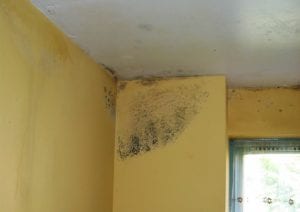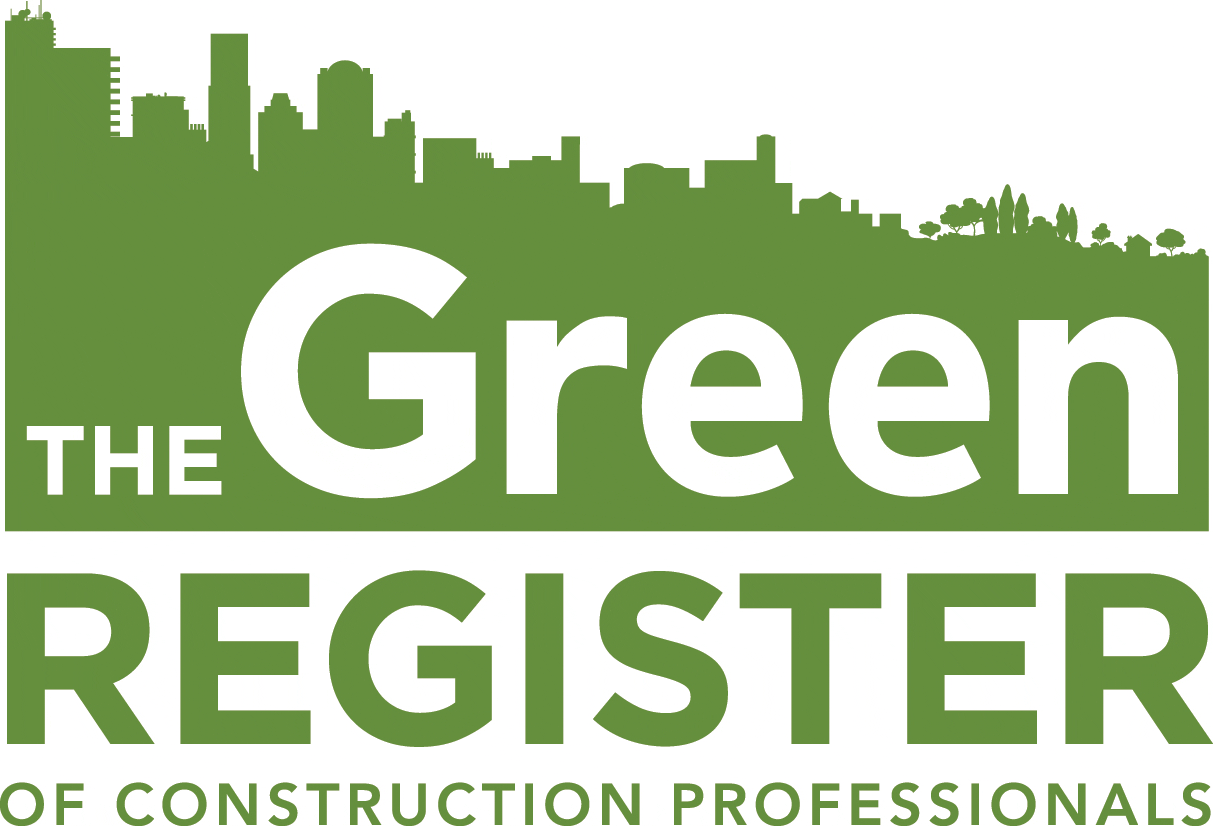Condensation – understanding the problem…
Now a days condensation in our homes seems to be a common problem. Normally, it is directly related to the type of heating, ventilation and insulation in the buildings.
- It is a common issue throughout the UK.
- Condensation is more evident in Winter particularly when warm moist air is generated in our homes.
- Condensation is the most most common cause of dampness in our homes.
- Dampness in buildings is a serious problem to both the building fabric and to the occupants as a health risk.
- Water enters buildings in various ways all of which are likely to cause superficial and or structural damage.
- Conditions in a damp property are unpleasant, uncomfortable and unhealthy.
The causes of condensation
Condensation in our homes is directly related to modern living standards and changes in the building design.
The effects of moisture are aggravated by the lack of ventilation in our homes. It is possible to avoid condensation by adequate ventilation. Modern homes have almost eliminated natural ventilation and therefore have been effectively sealed into an airtight unit providing perfect conditions for condensation to occur.
- Warm moist air is created from normal domestic activities; including cooking, bathing, washing and drying clothes. In areas such as bathrooms and kitchens moist, warm air will spread to cooler parts of the house and condense on cold surfaces.
- There is a real danger of condensation occurring where air is left undisturbed behind furniture and cupboards. When feeling these areas people often find the back of the cupboard wall will be damp and cold.
- Many houses now a days have heating systems instead of an open fire place. The removal of this reduces natural ventilation.
- Windows are often installed without trickle vents.
- The main living areas of the home do not have passive or mechanical ventilation.
- Poorly installed insulation.
- Changes to the roof design, including elimination or overhanging eaves and lowering the pitch all reduce ventilation and increases the likelihood of condensation.

The technical bit…
Air contains water vapour in varying quantities and the level of content is related to temperature; warm air contains more than cold air. Air becomes saturated when it cannot hold any more water at its current temperature; at this point air is said to have a relative humidity (RH) of 100%. If the temperature of the air falls, a reducing saturation point occurs and an excess of moisture exists which is unable to be held in the air. This is vapour condensing into liquid. When warm air comes into contact with colder air or a cold surface the air is cooled having the effect of depressing the temperature to a level at which it is unable to contain water vapour.
How is condensation actually formed?
Condensation in buildings occurs when warm air comes into contact with a cold surface. The air is cooled below its saturation point causing excess vapour to convert into liquid. The condensed water is visible on non-absorbent surfaces such as tiles or windows as water droplets or water film. This is known as surface condensation. It always occurs on surfaces which are at or below the dew point. Condensation also occurs within the fabric of a building resulting from internal air pressure.
The more moisture present in the air, the more it increases the air pressure. This is known as vapour pressure. Air inside a heated building contains more moisture than external air. This results in a higher pressure which forces warm air through a structure carrying moisture with it. Most building materials are permeable and do not obstruct the movement of moist air through a structure.
Interstitial condensation is more difficult to detect as the high moisture content often goes undetected for long periods. Structural damage can develop by rendering ineffective protective insulation where it occurs.
What about the visible black mould growth?
The first sign of a problem is often the appearance of mould growth. Mould growth can appear on any damp surface and is always associated with condensation. The main requirement for the development of mould is a source of moisture. The presence of water is critical to mould growth. Mould can grow extremely quickly under suitable conditions.
The appearance of mould in a domestic property has been recorded as the largest single source of complaints received by local authorities over the past twenty years.







